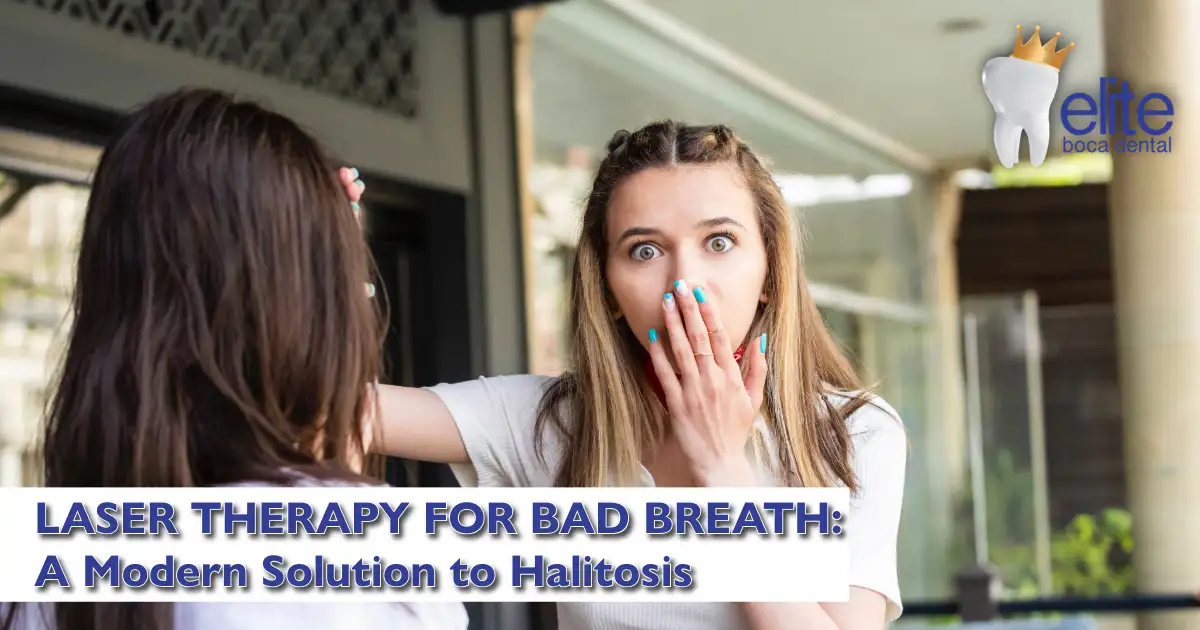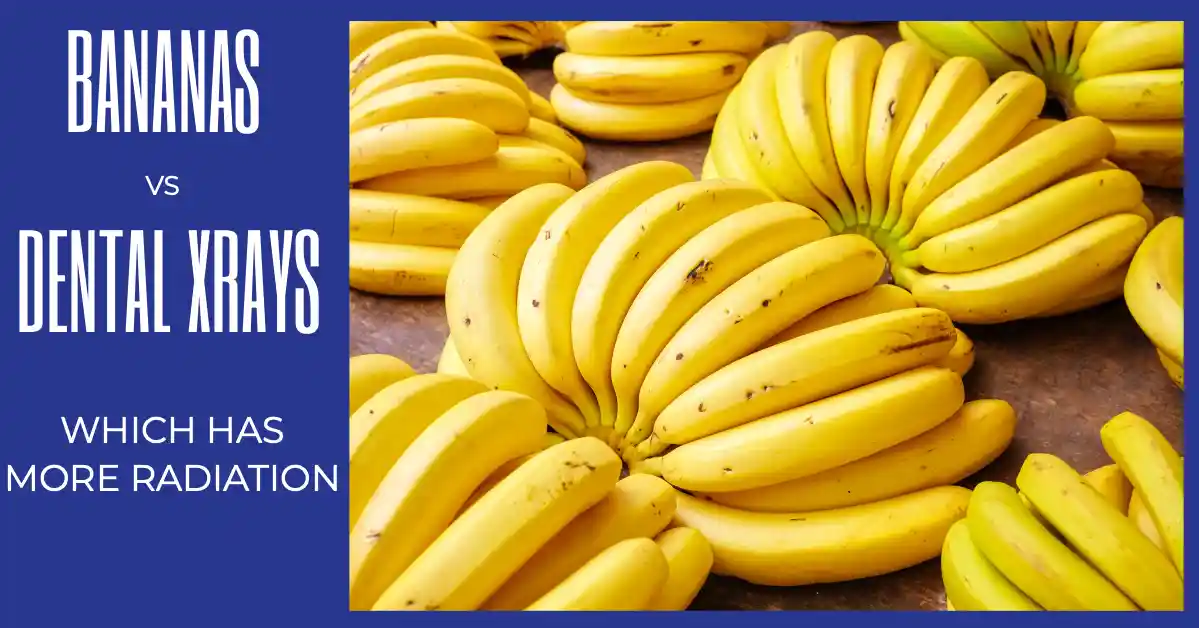
Bad breath affects approximately 25% to 65% of the United States population, creating significant social and psychological impacts for patients. For many people, traditional treatments like tongue scraping and antimicrobial rinses provide only temporary relief, leaving them searching for more effective solutions.
Recent clinical research demonstrates that laser therapy and antimicrobial photodynamic therapy (aPDT) can effectively eliminate the microorganisms responsible for volatile sulfur compound (VSC) production. By addressing the root cause of oral malodor, these advanced treatments deliver superior long-term results compared to conventional approaches.
While halitosis can originate from digestive and nasopharyngeal sources, oral causes represent the primary contributor to bad breath. This breakthrough in laser technology offers healthcare professionals and patients a promising alternative to traditional halitosis management strategies.
Understanding the Microbiology of Oral Halitosis
Oral halitosis largely results from VSCs produced through metabolic processes of anaerobic bacteria located on the posterior dorsal tongue surface. These microorganisms break down proteins and amino acids, generating hydrogen sulfide, methyl mercaptan, and dimethyl sulfide—the primary contributors to oral malodor.
The tongue's textured surface provides an ideal environment for bacterial colonization. Deep grooves and papillae create protected spaces where anaerobic bacteria can thrive, producing the sulfur compounds responsible for persistent bad breath. This complex bacterial ecosystem explains why surface-level treatments often fail to provide lasting relief.
Limitations of Traditional Treatment Methods
Traditional mechanical cleaning with tongue scrapers removes bacterial debris but fails to significantly reduce microbial populations, especially those that burrow into mucosal tissue. This limitation explains why conventional treatments often provide only temporary relief, requiring frequent reapplication to maintain clinical efficacy.
Antimicrobial rinses face similar challenges. While they can temporarily reduce bacterial counts, they struggle to penetrate biofilms and reach deeply embedded microorganisms. The result is a cycle of temporary improvement followed by rapid bacterial recolonization.
How Laser Therapy Targets Bad Breath at Its Source
Laser therapy works through multiple mechanisms to eliminate odor-causing bacteria:
Thermal Effects: Controlled heat generation disrupts bacterial cell walls and denatures proteins essential for microbial survival.
Photochemical Reactions: Specific wavelengths trigger chemical reactions that produce antimicrobial compounds, creating an environment hostile to anaerobic bacteria.
Biofilm Disruption: Laser energy breaks down the protective matrix surrounding bacterial colonies, exposing previously protected microorganisms to elimination.
Mechanisms of Laser Action
Public health experts emphasize that fluoridated water remains one of the easiest and most effective ways to prevent cavities. Drinking water fortified with a small amount of fluoride helps protect teeth at the community level, especially for kids or individuals who may not have consistent access to dental care. When fluoride is removed, families must actively opt into other fluoride sources, such as topical applications at the dentist.
Dr. Dane Lenaker, the medical director of dental services at Juneau's SouthEast Alaska Regional Health Consortium, explains, "Fluoride has a carioprotective effect; it can prevent cavities and help remineralize and strengthen teeth."
Solea CO2 Laser Application for Bad Breath
Low-power 9.3-micron CO2 laser therapy represents an innovative approach to halitosis management, utilizing specific mechanisms to achieve bacterial elimination. The 9,300 nm wavelength of this CO2 laser is well absorbed by water with excellent power to ablate and coagulate biofilm structure.
This shallow penetration depth makes it ideal for removing tongue coating and biofilm as well as proximal soft tissue while avoiding temperature-related tissue necrosis. The precision of CO2 laser technology allows for targeted treatment without damaging healthy tissue structures.
Clinical studies demonstrate sustained VSC reduction for three months following this laser treatment, significantly outperforming traditional tongue scraping methods in both immediate and long-term outcomes. Patients report noticeable improvements in breath freshness that persist well beyond conventional treatment timelines.
Clinical Implementation Considerations
Successful integration of laser therapy for halitosis requires careful consideration of equipment selection, protocol standardization, and patient screening procedures. Healthcare professionals must evaluate practice requirements and patient populations to determine optimal treatment approaches.
Equipment and Training Requirements
Implementation of laser therapy protocols requires appropriate equipment acquisition and clinical training. Solea laser tongue treatments require specific operational knowledge and instrumentation to ensure safe and effective treatment delivery without harm to soft-tissue structures.
Healthcare teams must understand proper laser settings, treatment protocols, and safety measures. Comprehensive training ensures optimal patient outcomes while minimizing potential complications.
Patient Selection Criteria
Ideal candidates for laser therapy include patients with:
- Persistent halitosis despite conventional treatment
- Heavy bacterial coating on the tongue surface
- Social or professional concerns related to bad breath
- Desire for long-term halitosis management solutions
Comparative Treatment Outcomes
Laser tongue debridement demonstrates superior efficacy compared to conventional mechanical cleaning methods. VSC reduction following laser treatment exceeds that achieved through tongue scraping, with sustained benefits extending beyond traditional treatment timeframes.
Gas chromatography measurements confirm significant improvements in oral malodor immediately post-treatment and three months later. This objective measurement validates patient-reported improvements in breath freshness and social confidence.
Follow-up studies extending to three months post-treatment demonstrate maintained bacterial reduction and continued VSC suppression, supporting laser therapy as a long-term halitosis management strategy. These extended benefits represent a significant advancement over conventional treatments requiring daily application.
Patient Satisfaction and Quality of Life
Beyond clinical measurements, patients report substantial improvements in social interactions and professional confidence following laser therapy. The psychological impact of effective halitosis treatment extends well beyond oral health, affecting overall quality of life and interpersonal relationships.
The Future of Halitosis Management
Laser therapy represents a significant advancement in halitosis management, offering healthcare professionals effective tools to address this underestimated but socially significant condition. The combination of immediate efficacy and sustained bacterial elimination provides superior clinical outcomes compared to traditional mechanical approaches.
For dental professionals and healthcare teams, implementing laser therapy protocols can enhance patient care quality while addressing a condition that significantly impacts patient quality of life and social functioning. The growing body of clinical evidence supports laser therapy as a minimally invasive, effective treatment modality worthy of consideration in comprehensive halitosis management strategies.
Extended follow-up studies are needed to establish the long-term sustainability of laser therapy benefits. Current research provides evidence for up to three months post-treatment, but longer observation periods would support treatment interval optimization and protocol refinement.
As laser technology continues to evolve, we can expect even more precise and effective treatments for halitosis. The integration of advanced diagnostic tools with targeted laser therapy promises to revolutionize bad breath management, offering patients lasting relief from this common but impactful condition.
Book Your Appointment Today
Contact us today to schedule a laser therapy treatment and learn more about combating bad breath. Speak with your Dr. Pechan or your hygienist — your health is our priority.Contact us at 561-482-7008, or reach out to us through our contact page.
As your dental health professionals, your well-being is important to us. Need more peace of mind about your next dental x-ray? Speak with your Dr. Pechan or your hygienist — your health is our priority.
at 561-482-7008, or reach out to us through our contact page.
Share This Story, Choose Your Platform!
continue reading
Related Posts
The debate about fluoride in drinking water has been making headlines, especially with more...
Radiation exposure is a common concern among dental patients when it comes...
Every year, a wave of gratitude sweeps across the nation on Freedom Day USA. It is a day...



